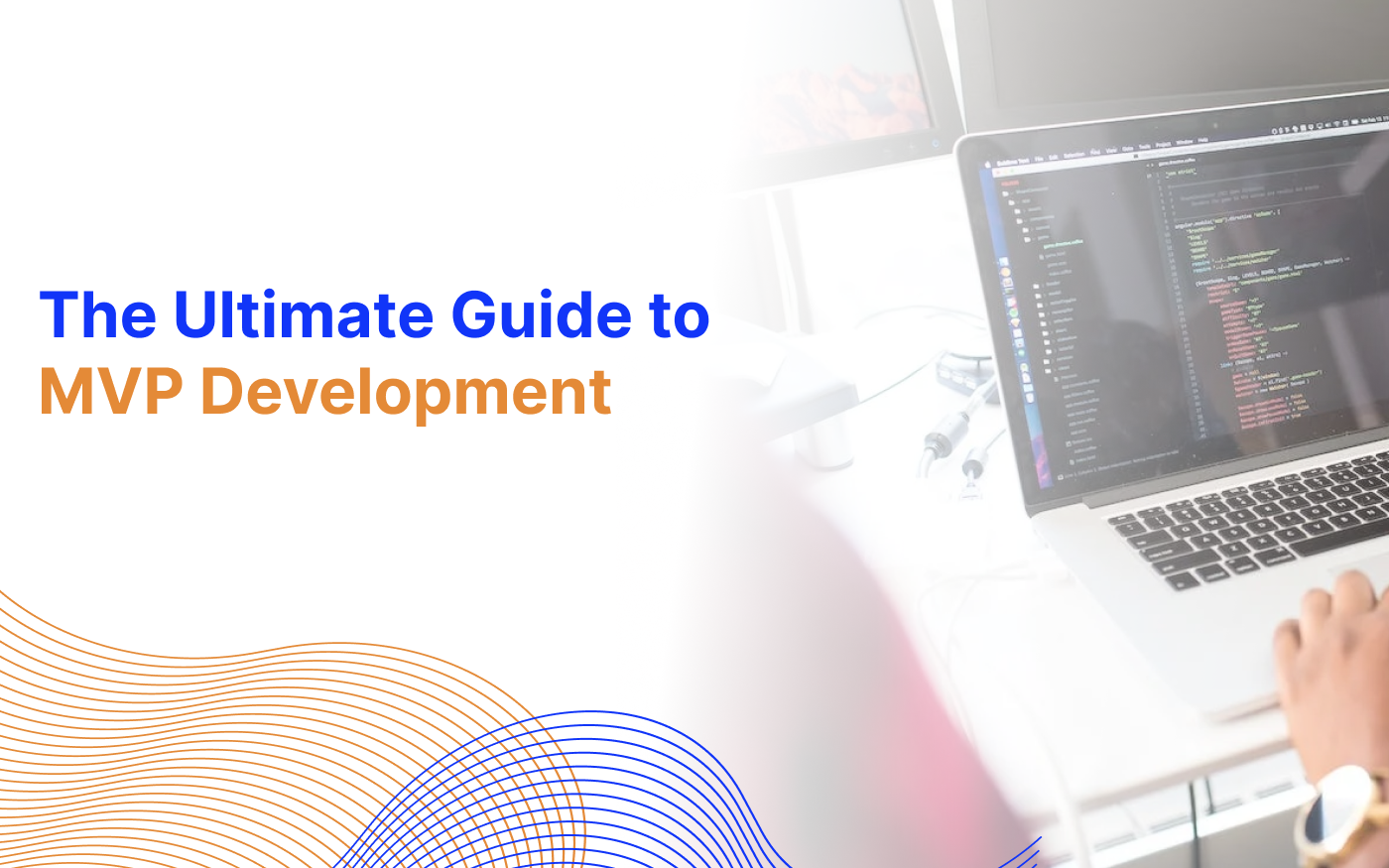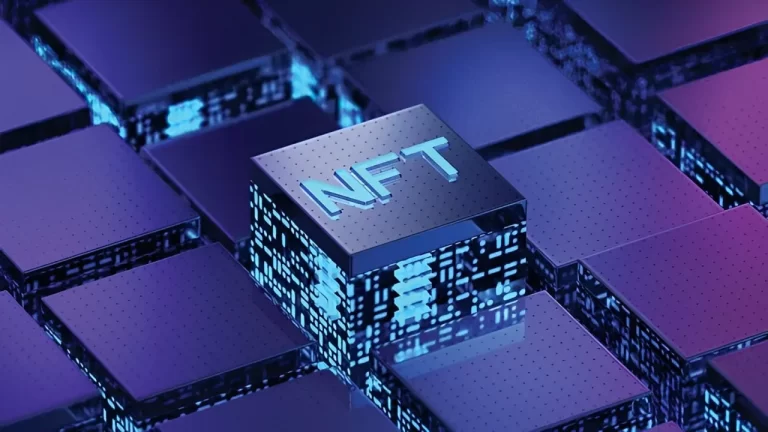
Introduction
In the world of software development, the Minimum Viable Product (MVP) approach has gained immense popularity for its ability to deliver a functional product with minimal features, yet providing maximum value to users. MVP development services and full stack development services play a crucial role in implementing this approach effectively. In this blog post, we will explore a detailed example of MVP software development, highlighting its benefits and the role of full stack development in bringing the MVP to life. So, let’s dive into the example and discover the power of MVP software development!
Example: Building a Task Management Application
Imagine a startup embarking on the development of a task management application. The objective is to create a user-friendly platform that helps individuals and teams organize their tasks, set priorities, and track progress. To ensure a successful launch, the startup decides to adopt the MVP approach, focusing on delivering core functionality while incorporating user feedback to drive subsequent iterations.
- Defining the Core Features
The first step in MVP software development is identifying the core features that provide the essential functionality of the application. In this case, the core features might include task creation, assignment, and tracking, as well as basic user management and notification capabilities. These features address the primary needs of users and allow them to manage their tasks effectively.
- Creating a Minimalistic User Interface
The user interface (UI) design for the MVP should be minimalistic, intuitive, and focused on the core functionality. The UI should enable users to perform the essential tasks without overwhelming them with unnecessary features or complexity. MVP development services work closely with UX/UI designers to ensure a seamless and user-friendly interface that aligns with the startup’s brand identity and user expectations.
- Rapid Prototyping and Iterative Development
The MVP development process involves rapid prototyping and iterative development. The development team creates a basic prototype that showcases the core features and allows for early user testing and feedback. Full stack development services play a crucial role in building the prototype, leveraging their expertise in front-end and back-end technologies to create a functional and scalable foundation.
- Gathering User Feedback
User feedback is at the heart of MVP development. The startup releases the prototype to a select group of users, encouraging them to explore the application and provide feedback on their experience. This feedback helps identify pain points, validate assumptions, and uncover additional user needs that were not initially considered. MVP development services assist in capturing and analyzing user feedback, guiding the startup in prioritizing future iterations and enhancements.
- Continuous Improvement and Iteration
Based on user feedback, the development team iterates on the MVP, adding new features, refining existing functionality, and addressing user pain points. For example, feedback might highlight the need for task prioritization, deadline reminders, or collaboration features. Through continuous improvement and iteration, the startup aims to deliver a more comprehensive and valuable product with each iteration.
- Scalability and Performance Optimization
As the MVP evolves, full stack development services ensure scalability and performance optimization. They design the architecture and infrastructure in a way that accommodates future growth and handles increasing user loads. This involves optimizing database queries, implementing caching mechanisms, and adopting technologies that enhance scalability, such as cloud services and microservices architecture.
- Launch and Post-launch Analysis
After several iterations and refinements, the startup is ready to launch the MVP to a wider audience. The launch serves as a significant milestone, but it is not the end of the development process. The startup continues to gather user feedback, monitor usage patterns, and analyze metrics to further improve the application. This iterative approach ensures that the product aligns with user needs and market demands.
Conclusion
The example of building a task management application using the MVP software development approach highlights the effectiveness of this strategy in delivering value to users while minimizing development efforts. MVP development services and full stack development services collaborate to bring the MVP to life, leveraging their expertise in various technologies and disciplines.
By focusing on the core features, creating a minimalistic UI, and incorporating user feedback, the development team ensures that the MVP addresses the primary needs of users while remaining user-friendly and intuitive. The rapid prototyping and iterative development process allows for quick validation of ideas and continuous improvement based on user feedback.
Throughout the development process, full stack development services play a crucial role in building the foundation of the application. They handle both the front-end and back-end development, ensuring seamless integration and scalability. This involves utilizing appropriate technologies, frameworks, and databases to create a robust and performant application.
The gathering of user feedback is a vital step in the MVP development process. It allows the startup to gain insights into user preferences, pain points, and unmet needs. MVP development services assist in capturing and analysing this feedback, guiding the startup in prioritizing future iterations and enhancements. This iterative approach ensures that the product evolves based on user input, increasing its chances of success in the market.
Scalability and performance optimization are crucial considerations in MVP development. Full stack development services focus on designing an architecture that can handle increased user loads and accommodate future growth. By implementing optimization techniques, such as caching and efficient database queries, they ensure that the application remains responsive and performs well even as the user base expands.
The launch of the MVP marks a significant milestone in the development process. However, the journey doesn’t end there. Post-launch analysis and monitoring are essential to gather additional insights and identify areas for improvement. By analyzing user behavior, usage patterns, and metrics, the startup can make data-driven decisions to further enhance the application and meet evolving user needs.
In conclusion, the example of building a task management application using the MVP software development approach showcases the importance of MVP development services and full stack development services in creating a functional and valuable product. The iterative nature of MVP development, coupled with continuous user feedback and collaboration between various development disciplines, leads to a product that meets user needs and has the potential for market success.
By leveraging the power of MVP development services and full stack development services, startups and businesses can efficiently bring their ideas to life, validate their assumptions, and iteratively improve their products based on user feedback. This approach not only reduces development costs and time but also increases the chances of building a successful and marketable software solution.



